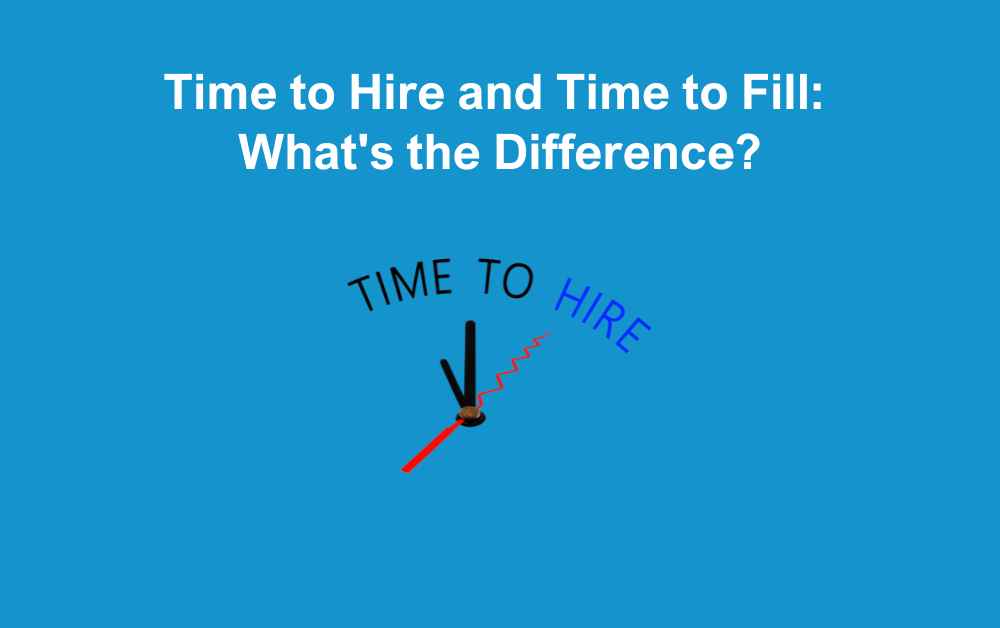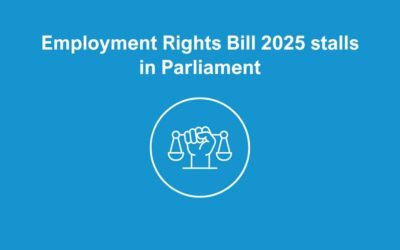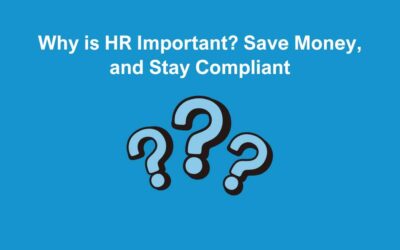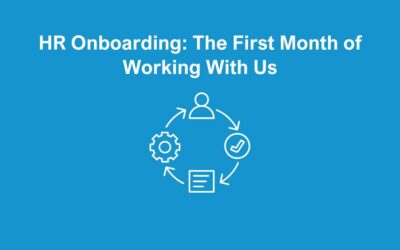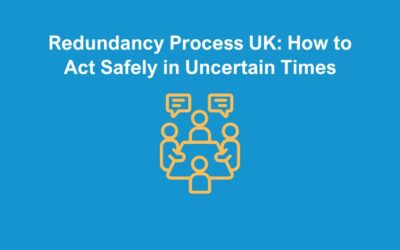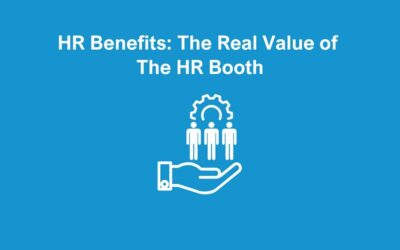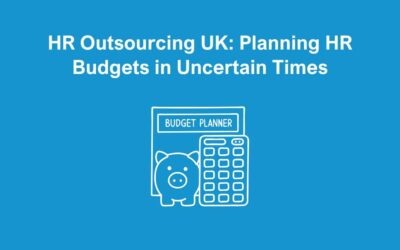Recruiting top talent can be a challenge for many businesses. Two important metrics often discussed are time to hire and time to fill. While they may sound similar, understanding the difference between these two metrics is crucial for improving your recruitment process. In this blog, we will explain what each term means, how to measure them, and how collecting this data can help businesses strengthen their recruitment and onboarding strategies.
Jump to a Section:
What is Time to Hire?
Time to hire measures the number of days between a candidate applying for a role and accepting the job offer. It specifically focuses on the efficiency of your internal recruitment process after a candidate enters your pipeline.
A short time to hire suggests that your recruitment team is acting quickly and decisively once the right candidate is identified. If your time to hire is longer, it could mean there are delays in interviews, decision-making, or internal communication.
How to measure time to hire:
-
Record the date when a candidate submits their application.
-
Record the date when the candidate accepts your offer.
-
Calculate the number of days between these two dates.
Formula:
Time to Hire = Date of Offer Acceptance – Date of Application Received
Strategies to Improve Time to Hire
Reducing the time to hire is crucial for securing top talent and keeping recruitment costs down. Here are some effective strategies to help speed up the process:
Streamline the Job Description and Requirements
Clear, concise job descriptions help attract the right candidates quickly. Avoid overloading the specification with unnecessary requirements that could deter strong applicants. Focus on essential skills and experience to widen the talent pool.
Simplify the Application Process
A long and complicated application process can put candidates off. Make sure the application is straightforward, mobile-friendly, and easy to complete. The quicker it is for candidates to apply, the faster you can build a strong shortlist.
Use Technology to Automate Tasks
Applicant tracking systems (ATS) and recruitment software can automate key tasks such as screening CVs, scheduling interviews, and sending updates. This reduces manual admin and allows recruiters to focus on engaging with the best candidates.
Create a Structured Interview Process
A well-organised interview process with set timelines helps prevent unnecessary delays. Pre-plan interview stages, ensure interviewers are briefed, and agree on decision-making criteria in advance to avoid hold-ups.
Maintain a Talent Pipeline
Building and nurturing a pool of pre-qualified candidates ensures you are not starting from scratch each time a role opens. Keep in touch with promising candidates even if they are not immediately suitable, so you have options ready when vacancies arise.
Improve Communication
Fast and clear communication with both candidates and hiring managers is key. Set expectations early around timelines and feedback. Regular updates keep candidates engaged and demonstrate a professional recruitment experience.
Train Hiring Managers
Equip hiring managers with training on efficient interviewing and quick decision-making. Delays often occur when managers are unsure about the process or their role in it, so giving them the tools and confidence they need can make a big difference.
Offer Flexibility in Interview Scheduling
Use tools that allow candidates to book interviews at times that suit them. This minimises back-and-forth emails and speeds up the scheduling process.
By applying these strategies, organisations can significantly improve their time to hire, ensuring they attract and secure the best candidates before the competition.
What is Time to Fill?
Time to fill, on the other hand, measures the total number of days it takes to fill a vacancy from the day you signal to HR you would like to advertise a position, to the day the candidate accepts the offer.
Time to fill gives a broader picture of your overall recruitment cycle. It includes the time taken to draft the job advert, post it online, source candidates, conduct interviews, and make the final offer.
How to measure time to fill:
-
Record the date when the job was posted or approved internally.
-
Record the date when the selected candidate accepts the offer.
-
Calculate the number of days between these two points.
Formula:
Time to Fill = Date of Offer Acceptance – Date Job Posted
Strategies to Improve Time to Fill
Reducing the time to fill is vital for maintaining productivity and minimising disruption in the business. Here are some key strategies to help achieve quicker results:
Workforce Planning
Proactive workforce planning helps identify future hiring needs before they become urgent. Regularly reviewing team structures, succession plans, and business growth projections allows you to prepare well in advance, cutting down reactive recruitment.
Enhance Your Employer Brand
A strong employer brand attracts candidates faster. Make sure your values, culture, and employee experience are clearly visible across your website, social media, and job adverts. A positive reputation helps generate interest quickly when roles are advertised.
Review and Refine the Recruitment Process
Long or complicated hiring processes can extend time to fill. Review each stage to identify bottlenecks or unnecessary steps. Consider whether all interview rounds or assessments are truly necessary and streamline wherever possible.
Engage Specialist Recruiters
Partnering with agencies or consultants who understand your sector can dramatically speed up time to fill. They often have access to candidates who would be a great fit for your role. If you would like help with your recruitment process, our Recruitment experts can help.
Introduce Internal Mobility Programmes
Encouraging and facilitating internal moves can quickly fill vacancies. Promoting opportunities to existing employees not only speeds up hiring but also boosts engagement and retention.
Use Data to Drive Decisions
Track key recruitment metrics to spot patterns and areas for improvement. Data around where the best candidates come from, average time to hire by department, and reasons for offer rejections can help fine-tune your recruitment approach.
Offer Competitive Packages
Candidates move quickly when they are offered attractive terms. Ensure your salary, benefits, and flexible working options are competitive and clear from the outset to avoid losing candidates to other offers.
By focusing on these strategies, organisations can significantly improve their time to fill, ensuring critical roles are covered quickly and efficiently.
Key Differences Between Time to Hire and Time to Fill
Measurement Start
- Time to Hire: Candidate application date
- Time to Fill: Job posting date
Focus
- Time to Hire: Speed of moving a candidate through the process
- Time to Fill: Full recruitment cycle
Insight Provided
- Time to Hire: Efficiency of selection process
- Time to Fill: Efficiency of sourcing and recruitment strategy
Time to hire is a reflection of how quickly your team reacts to candidates, while time to fill covers the overall length of the hiring process from vacancy to acceptance.
Why Collecting Time to Hire and Time to Fill Data Matters
Tracking these metrics gives businesses valuable insights into where recruitment processes can be improved.
Benefits of collecting this data include:
-
Identify bottlenecks: Find out where delays are happening – is it in screening, interviewing, or offer approvals?
-
Enhance candidate experience: Candidates appreciate a swift and organised process, improving your employer brand.
-
Reduce costs: A lengthy hiring process can cost more in lost productivity, agency fees, and overtime costs for existing staff.
-
Improve onboarding: By speeding up hiring, new employees can start sooner, leading to faster integration and productivity.
-
Benchmarking: Compare your data against industry standards to see how competitive your recruitment process really is.
Regularly reviewing time to hire and time to fill enables you to set realistic goals, allocate resources effectively, and make informed strategic decisions.
How The HR Booth Can Help
At The HR Booth, we specialise in helping businesses across the UK streamline their recruitment processes.
We offer expert support to measure and optimise your time to hire and time to fill, helping you build a faster, more efficient hiring system. Our team can assist with:
-
Developing efficient recruitment strategies
-
Training hiring managers on effective decision-making
-
Providing support with job adverts, candidate sourcing, and pre-screening
-
Offering tailored advice to reduce hiring timelines without compromising on quality
-
Improving onboarding processes to ensure new starters hit the ground running
If you are ready to reduce your time to hire, fill vacancies faster, and improve your recruitment and onboarding success, contact us today. Our HR consultants are here to support your growth and help you attract the best talent, efficiently and effectively.

